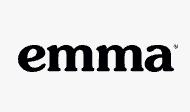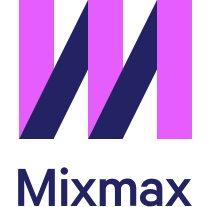Elastic Email vs Mailshake
Hyperise integrates with 100's of sales and marketing tools, many of which are in the Email Marketing category. With so many to choose from it's sometimes hard to know which is best, but don't worry, we've got your covered.
In this comparison guide we're going to look at the Highlights, Pros, Cons and Pricing of Elastic Email and Mailshake. We'll also delve into the details of which offers the best personalization options within Email Marketing, with there respective Hyperise integrations
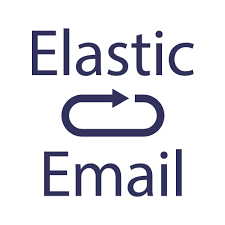
Elastic Email
Pricing: Elastic Email pricing starts at $5.95/mo for 16.5K emails/mo. With larger plans for more emails, you can also save money with discounted commitments. Prices vary based on the number of emails you need to send each month as well as the plan you select. Visit the website for detailed pricing information.
Vs

Mailshake
Pricing: Mailshake offers three tiers of pricing: a free plan, a Professional plan for $29/month, and an Enterprise plan for $299/month. The free plan allows users to send up to 500 emails per month, while the Professional and Enterprise plans offer unlimited email sending volume. Additional features vary depending on the plan you choose.Elastic Email vs Mailshake Highlights
Elastic Email and Mailshake are two online email marketing solutions. While both solutions offer a range of email automation and marketing features, they differ in how they are priced and the types of users that they target. Elastic Email provides a pay-as-you-go plan with a free trial, while Mailshake offers a free plan and monthly plans that are ideal for larger teams. This makes Elastic Email more suitable for smaller businesses looking to dip their toes into email marketing, while Mailshake is better suited for larger teams and businesses that are conducting more detailed campaigns. Additionally, Mailshake has additional features such as A/B testing, tracking, and analytics, which give users more control over their campaigns.
Elastic Email vs Mailshake Pros
Elastic Email Pros
- Feature-rich platform: Elastic Email offers a range of features, such as message scheduling, automated follow-up, A/B testing, rich text editor, link tracking, and subscriber segmentation.
- Scalability: Elastic Email lets you scale your email campaigns using its comprehensive analytics and reporting.
- Bulk Sending: Elastic Email has an automated bulk email system that can be used for larger email campaigns.
- Advanced Automation: The platform has features that automate contact list building, and allows you to easily segment and target your list.
- Cost-efficient: Elastic Email offers affordable plans for businesses of all sizes.
- Comprehensive Support: Elastic Email offers 24/7 customer support to help you with email campaigns.
Mailshake Pros
- Mailshake provides advanced email personalization capabilities, such as merging contact data, with form fields and custom variables.
- It can also help users to design and send campaigns for numerous purposes like newsletters, abandonment emails, and cross-sells or upsells.
- Mailshake allows users to set rules triggered by user engagement, like automatically stop sending emails to contacts that have not opened in the past 7 days or pause campaigns you are running if the contact replies.
- Mailshake even allows users to replicate user interactions with automation.
- Its easy to segment contacts and collect data, like email addresses and location information.
- Mailshake integrates with popular CRMs like Salesforce, Zoho, and SugarCRM.
- It also integrates other online services like Eventbrite, Facebook ads, Shopify and more.
- Mailshake provides users with detailed tracking data and performance information.
- It sends automated emails combined with personalized emails that increase customer engagement.
Elastic Email vs Mailshake Cons
Elastic Email Cons
- Limited features compared to Mailshake (no automated follow-ups, limited integrations, no team & collaboration features)
- Limited customization options (e.g., no templates, limited automation, no A/B testing, etc.)
- No contact segmentation or scheduling options
- Slower delivery times (sending/receiving)
- No contact/unsubscribe management options
- More expensive than Mailshake
- No comprehensive tracking analytics or reporting options
- Limited customer support options
Mailshake Cons
- Mailshake is more expensive compared to Elastic Email.
- Mailshake does not offer as many features as Elastic Email.
- Mailshake does not offer as much user control over campaigns as Elastic Email.
- The free version of Mailshake has limited features compared to the free version of Elastic Email.
- Elastic Email has more template options than Mailshake.
- Elastic Email has better customization options when building an email.
- Elastic Email offers more reliable customer support than Mailshake.
Elastic Email & Mailshake Hyperise Integrations
Elastic Email uses the HTML code embed method to integrate with Hyperise, giving a simple way to add personalized images to your messages.
Elastic Email makes the following data points available to Hyperise, to enable personalization in images used in outreach and linked out to your personalized website landing pages.
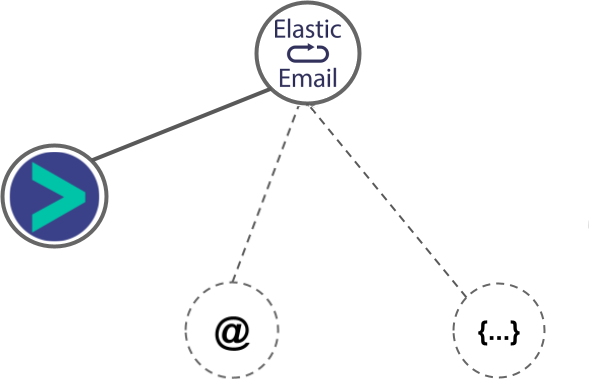
- Using business Email passed from Elastic Email, Hyperise is able to enrich business logo and website screenshots. In some cases, with a business Email we're also able to enrich profile images, subject to the business email having a publicly available profile.
Elastic Email Integration Guide
Mailshake uses the Image embed method to integrate with Hyperise, giving a simple way to add personalized images to your messages.
Mailshake makes the following data points available to Hyperise, to enable personalization in images used in outreach and linked out to your personalized website landing pages.

- Using business Email passed from Mailshake, Hyperise is able to enrich business logo and website screenshots. In some cases, with a business Email we're also able to enrich profile images, subject to the business email having a publicly available profile.
- Business name
Mailshake Integration Guide
 vs
vs 

 vs
vs  vs
vs  vs
vs  vs
vs  vs
vs  vs
vs  vs
vs  vs
vs 
 vs
vs 
 vs
vs  vs
vs  vs
vs  vs
vs  vs
vs  vs
vs 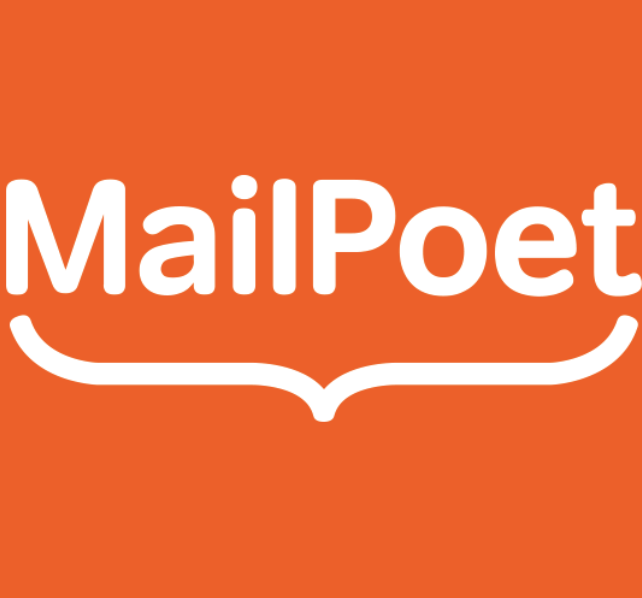 vs
vs  vs
vs 










 vs
vs 
